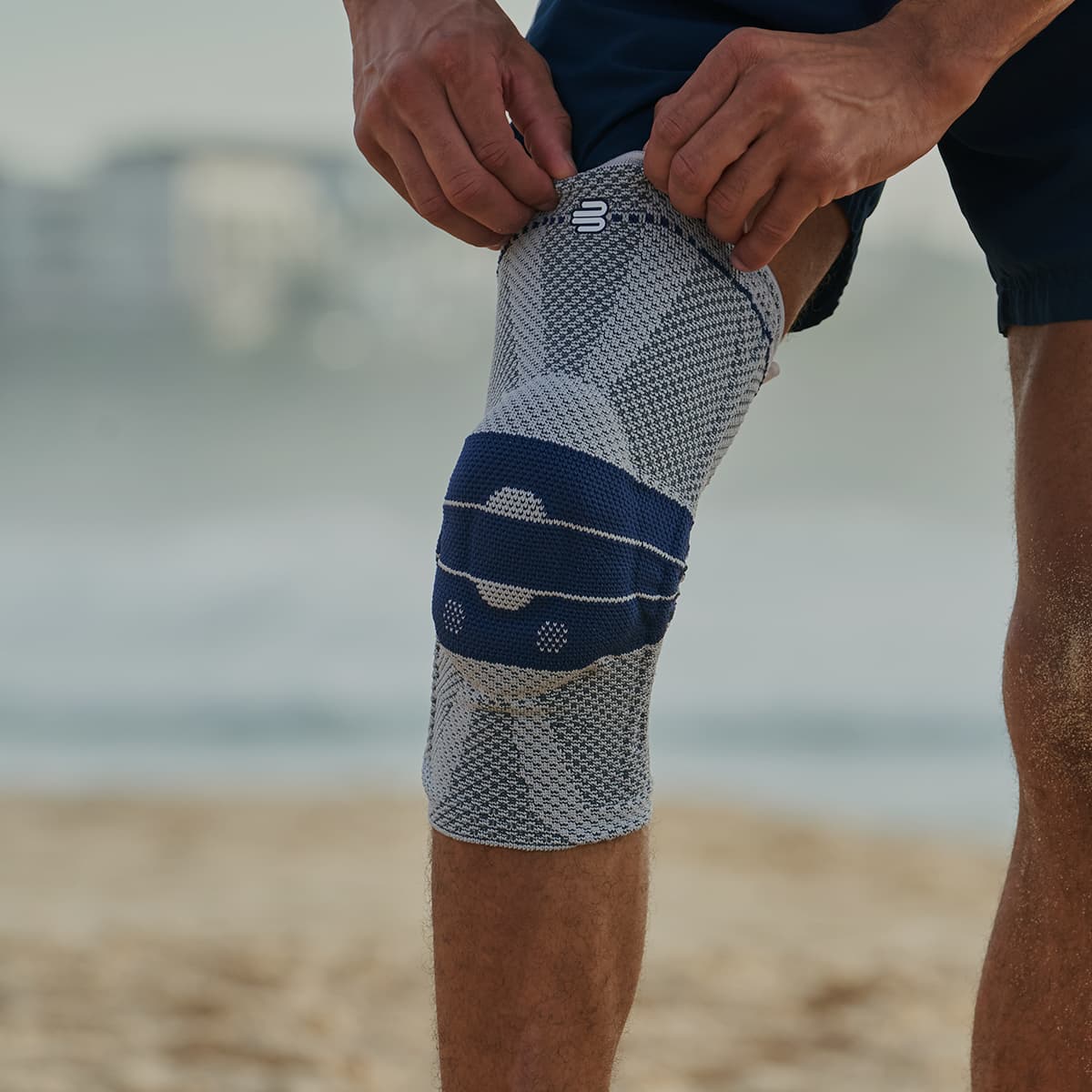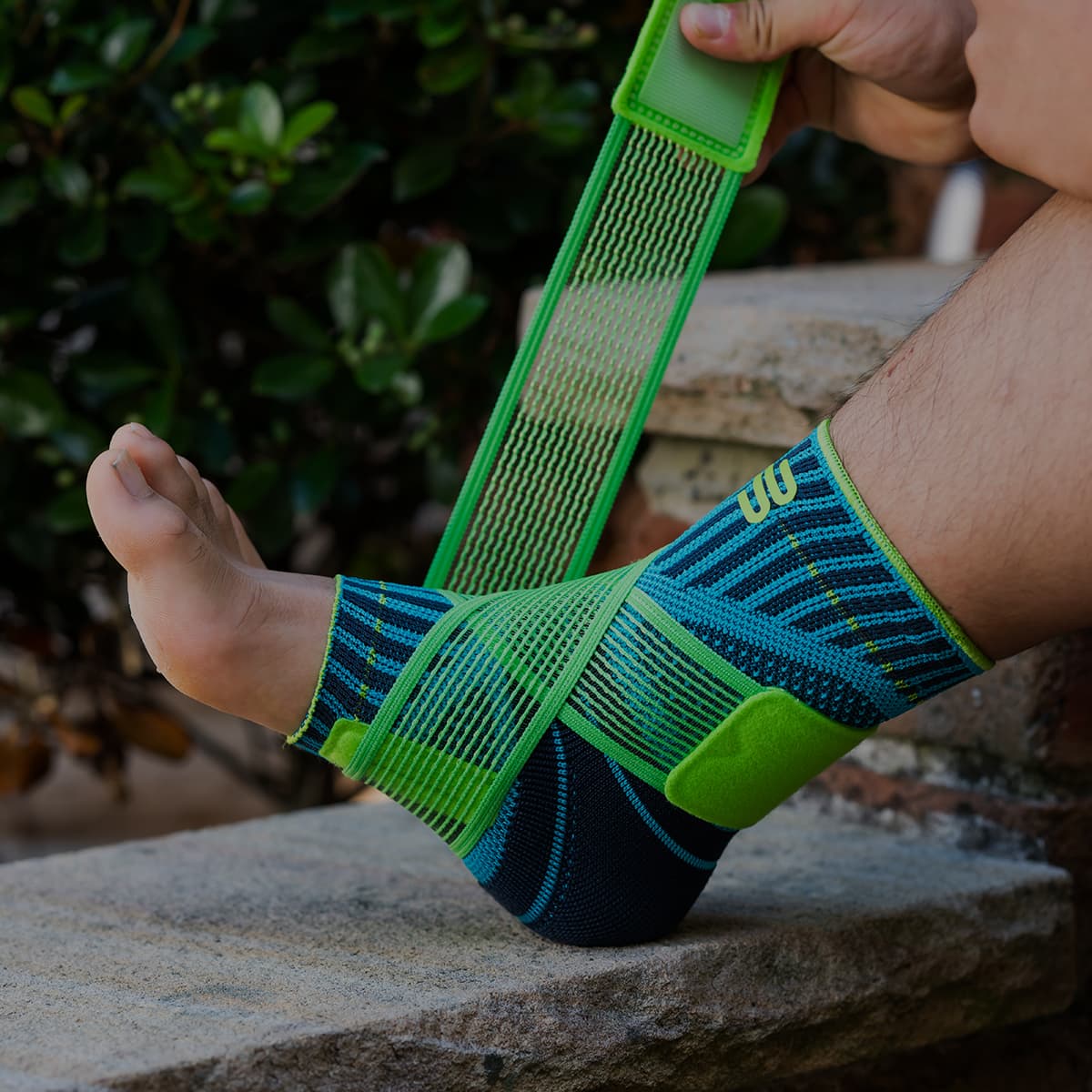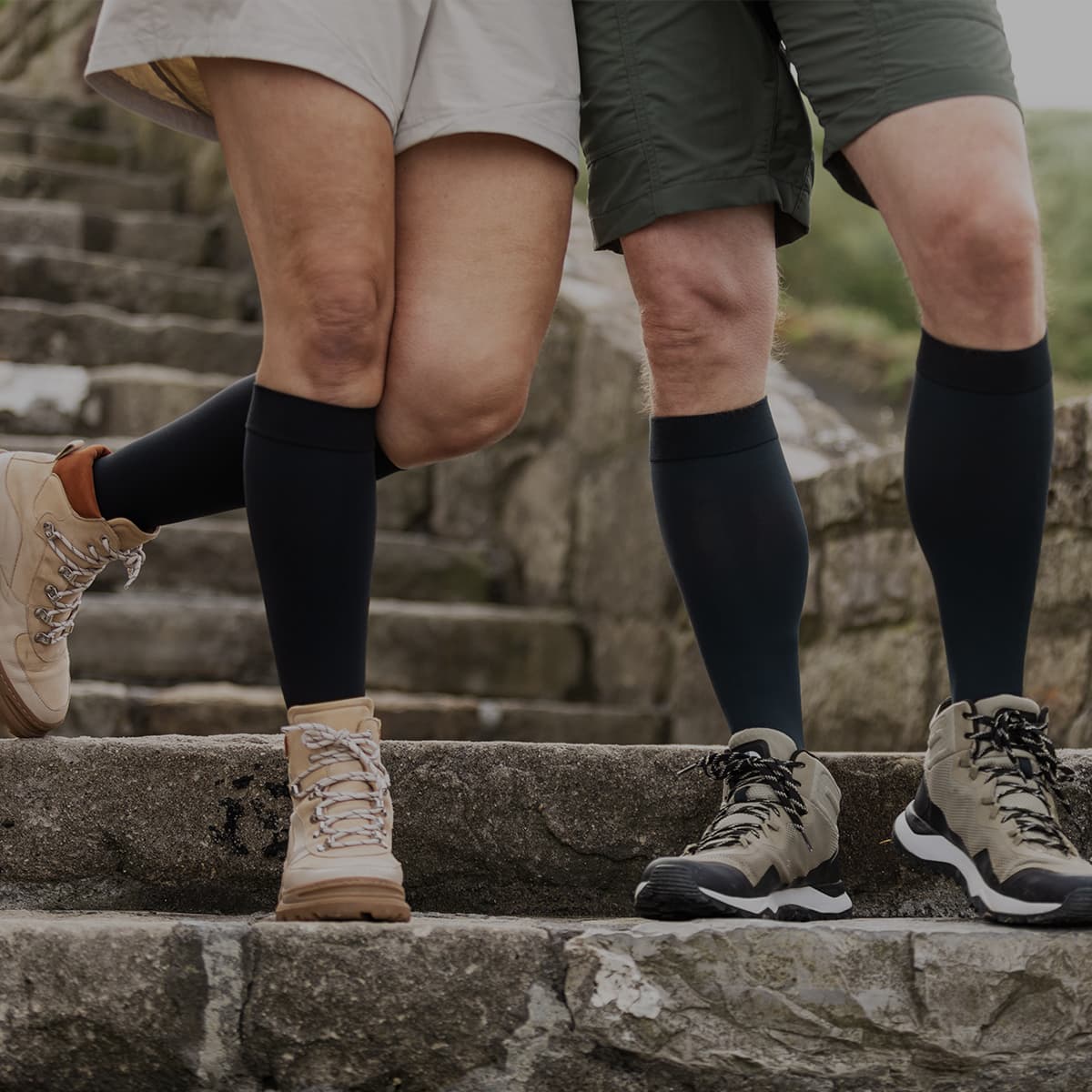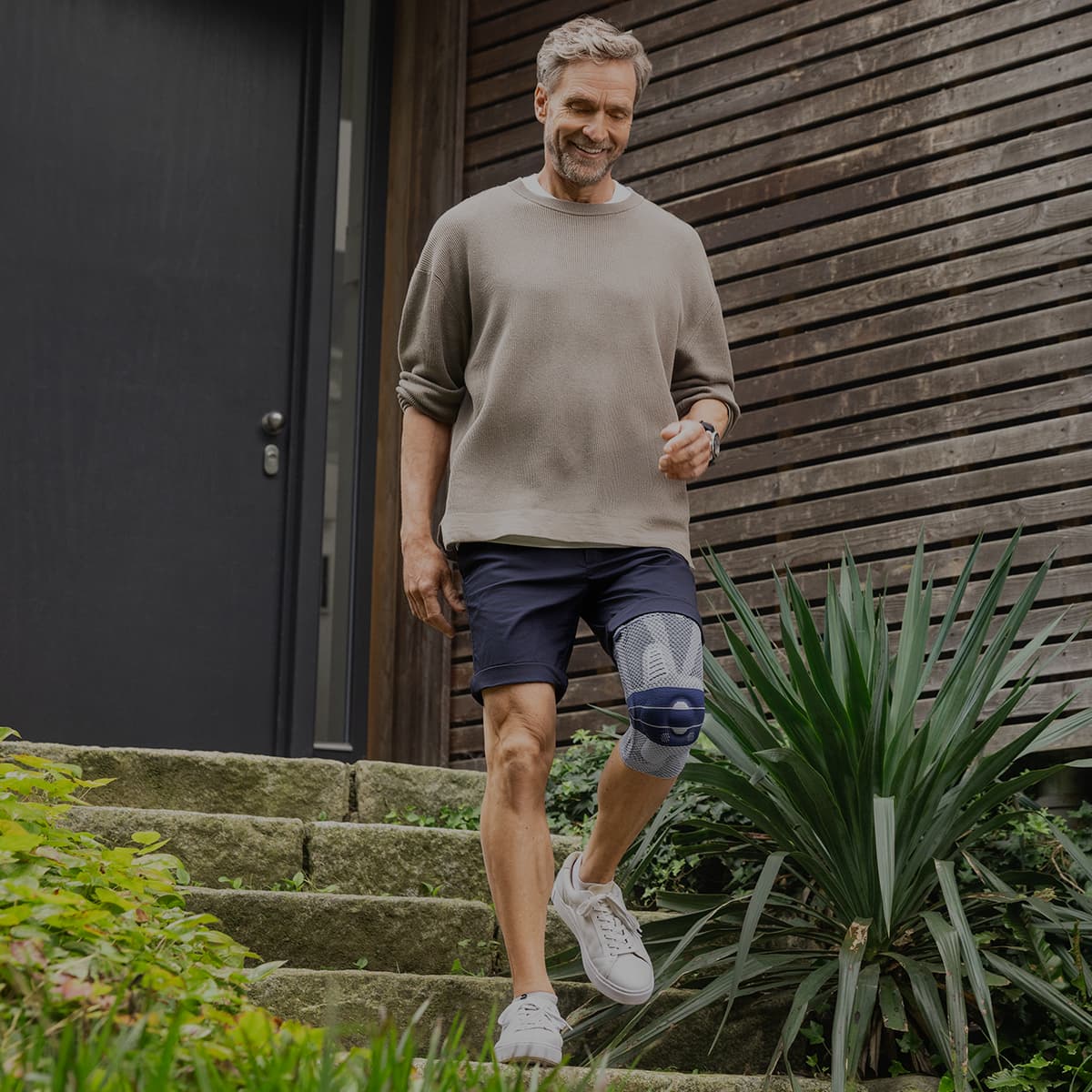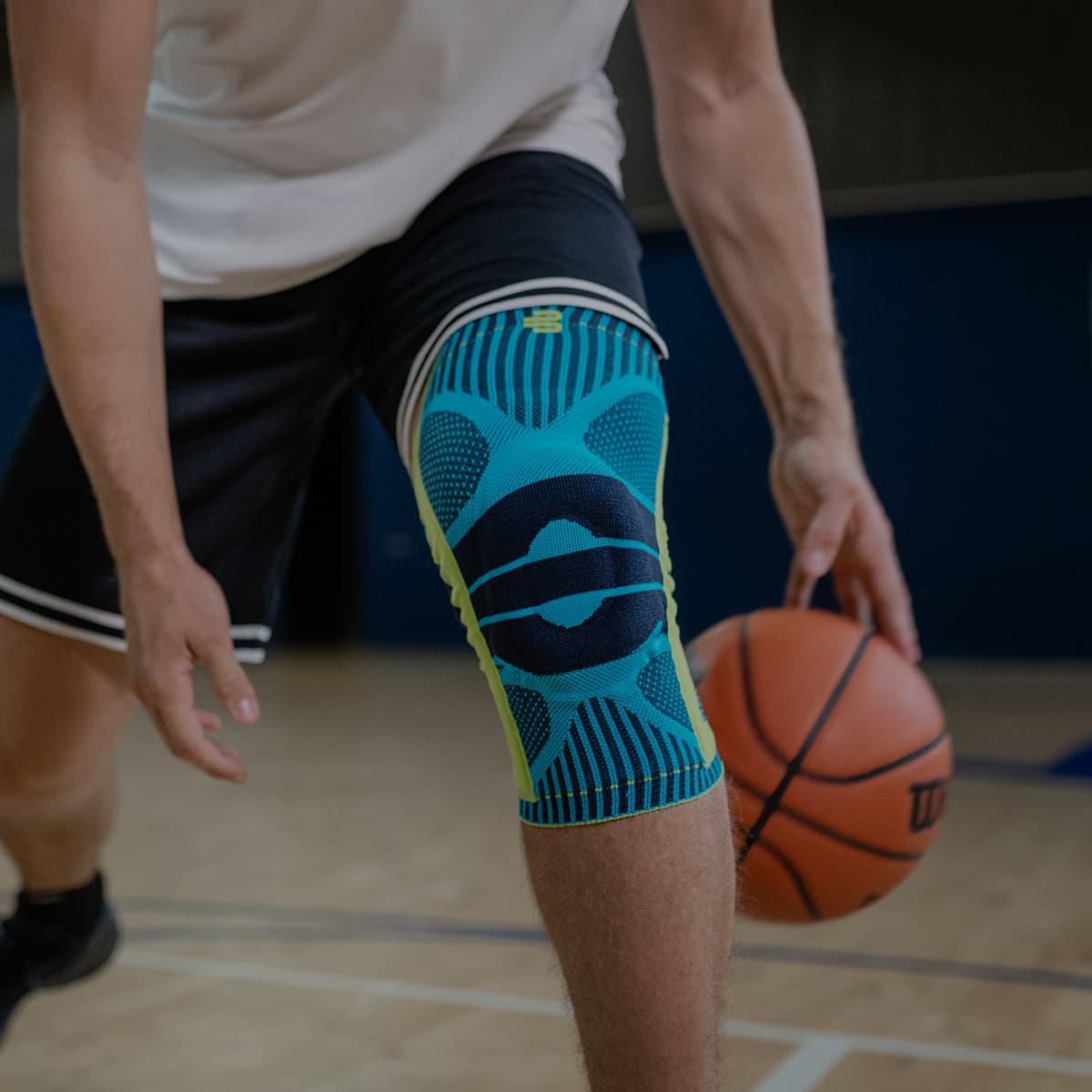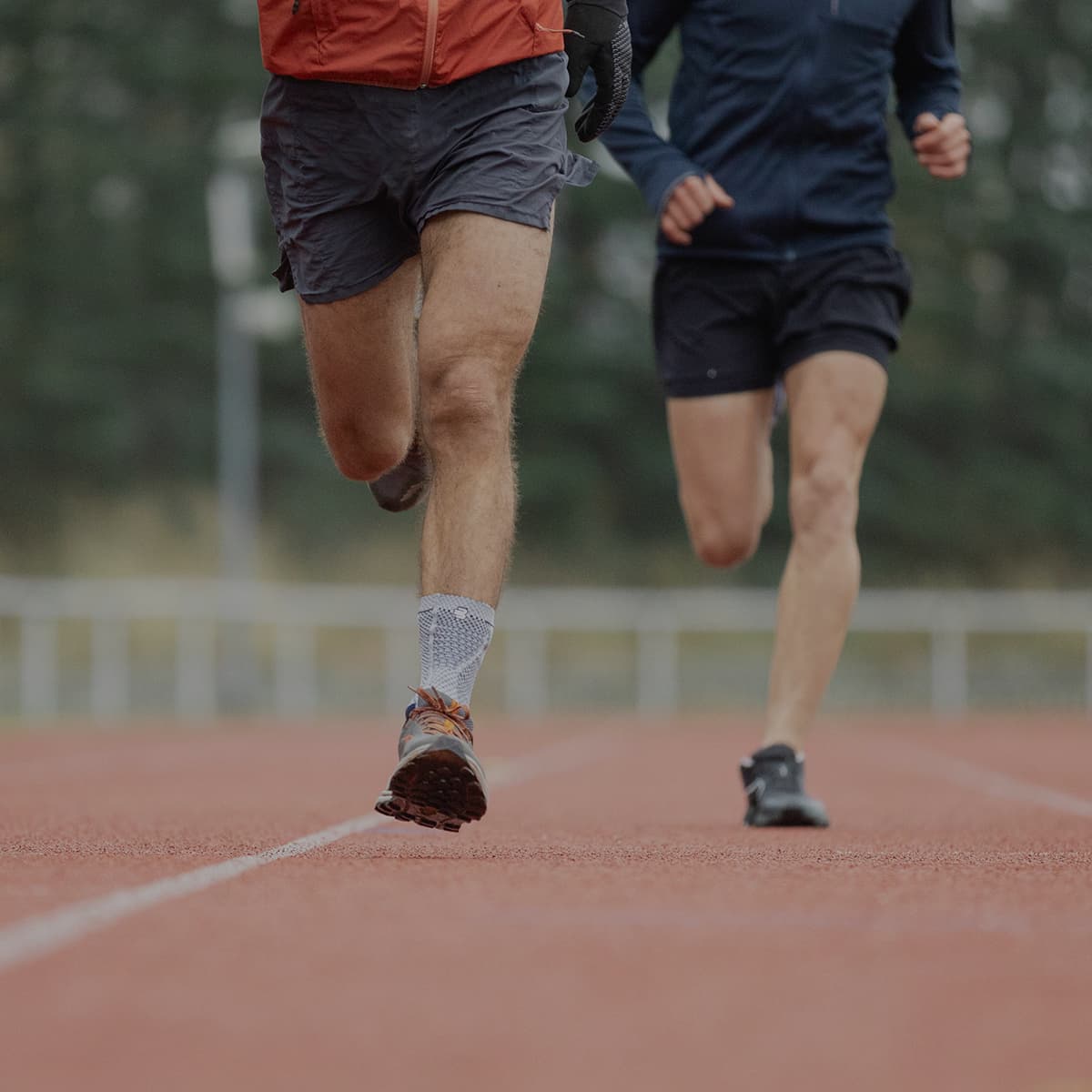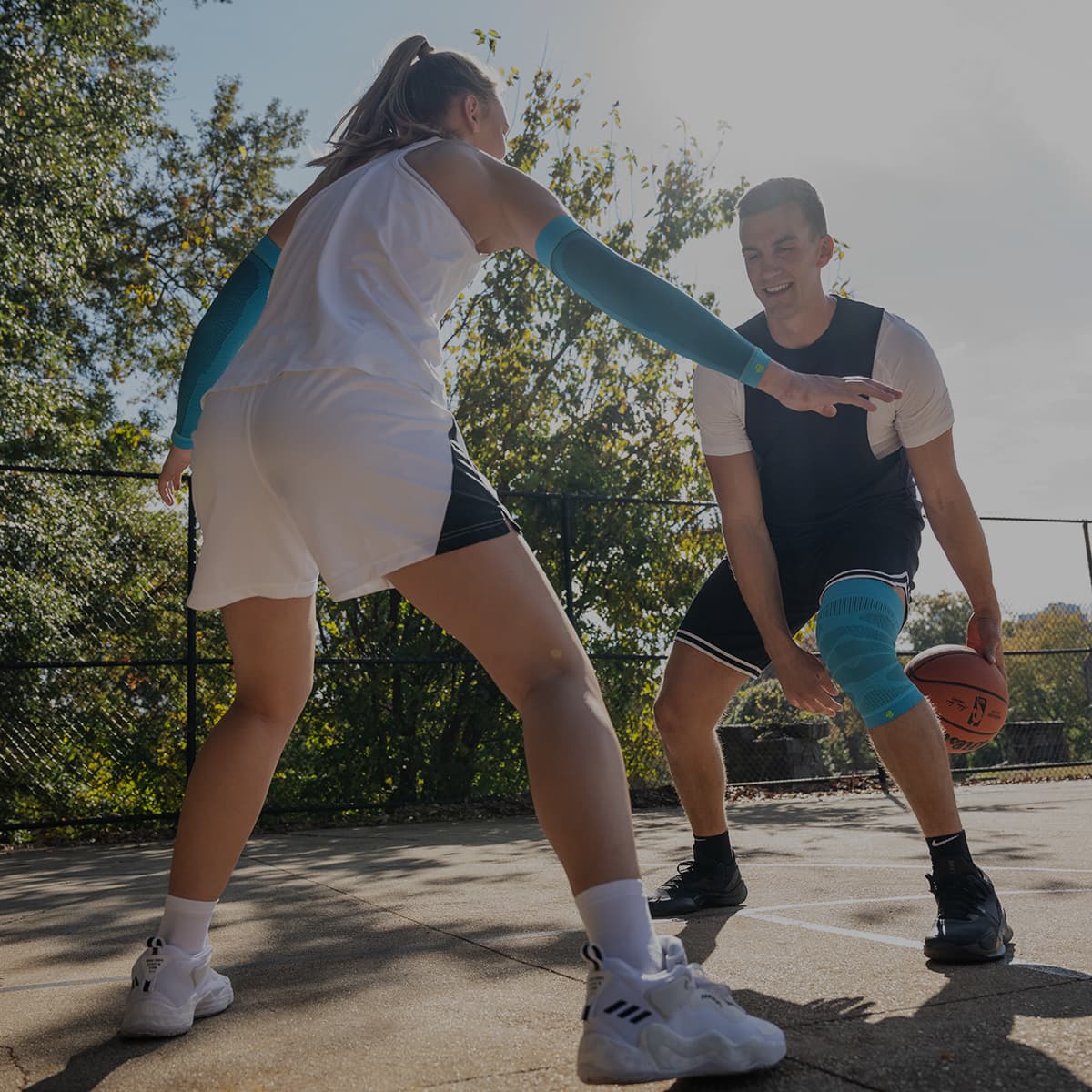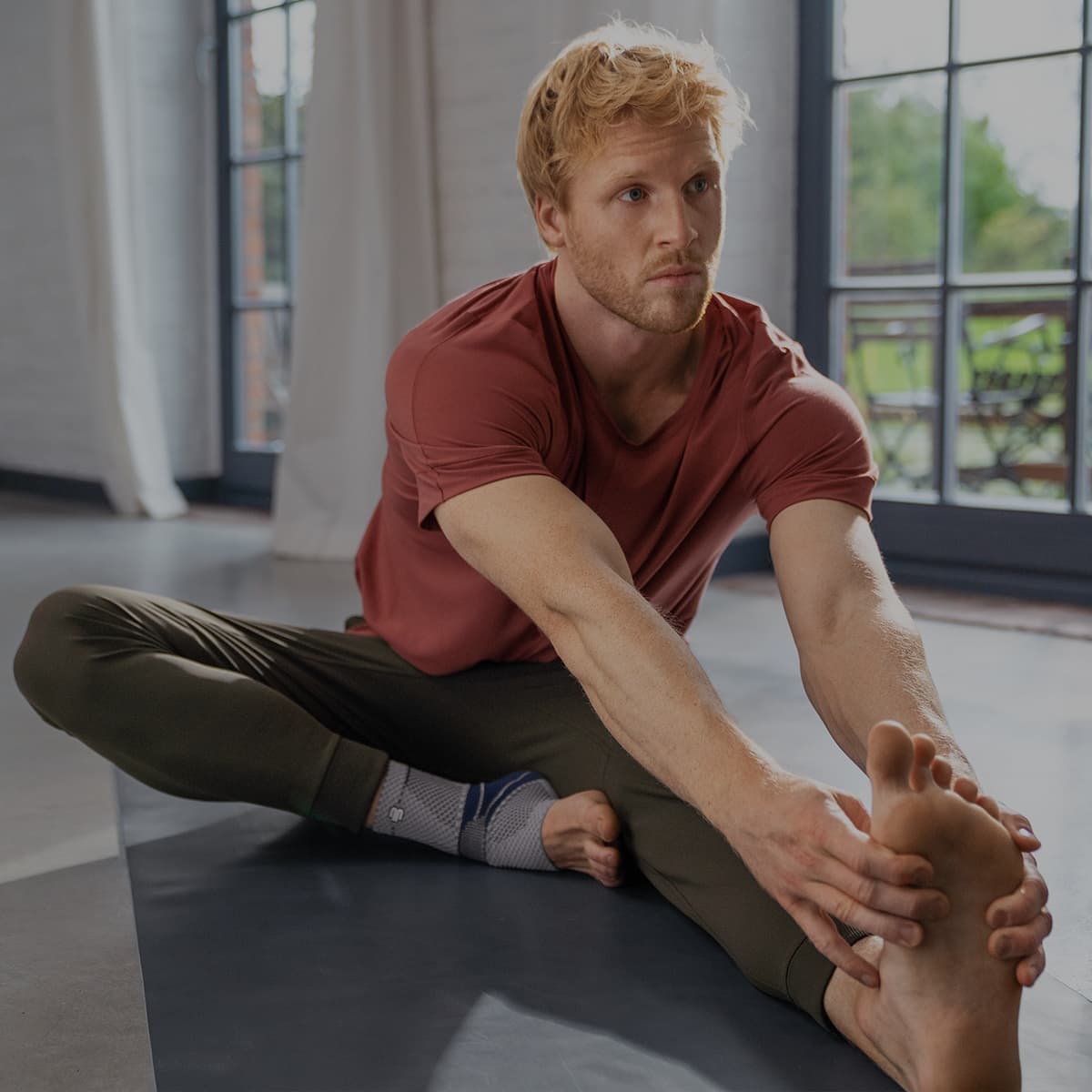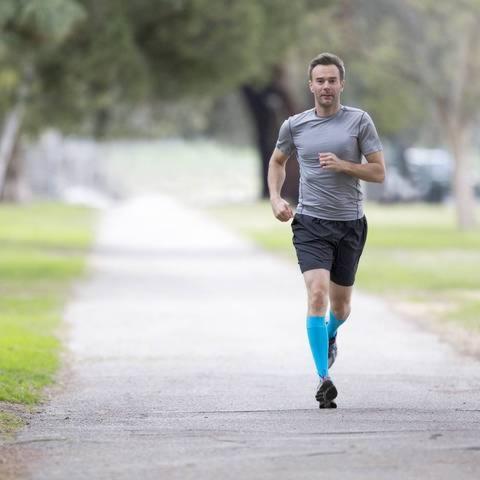If you have suffered a knee injury you will likely know that it's common for the area to become irritated and painful. To assist with managing this discomfort, we have gathered a few tips on how to stop old knee injuries from flaring up.
Knee injuries
The knee joint is one of the largest and most crucial joints in our body. It is a complex structure that facilitates our daily movements, including bending and walking.
Knee joint pain can arise from a variety of causes and is critical to address in the initial stages. Pain can severely restrict movement and is often a sign of related underlying complications.
Most people associate knee pain with a sharp painful sensation on the inside of the knee cap. This can occur due to repeated wear and tear of the knee joint or from sporting injuries.
Causes and symptoms of knee pain
The knee joint plays an instrumental role in weight-bearing, as well as all of our lower body movements. Although the knee joint is resilient, there are factors that can lead to damage and long-term wear and tear. Some of these factors include:
- Knee bruising or trauma, including sporting injuries and accidents.
- Patients with arthritis have joint degradation and inflammation, which can lead to severe knee joint pain and discomfort.
- Autoimmune diseases and metabolic disorders have been known to have an association with the development of joint pain.
- Overstretching the knee: Practicing poor proprioception can lead to stretching the knee beyond its natural range of motion, which can damage the knee joint. For example, abrupt and uncontrolled rotation of the knee joint during exercise may damage the meniscus.
- Long term chronic degeneration can lead to arthrosis of the knee joint itself.
Learn more: How to stop knee hyperextension in sport
How to stop old knee injuries from flaring up
Wearing a brace or support
Sprains, swelling and instability will often arise with knees which have had past injury, particularly when participating in exercise. Wearing a compression sleeve with gel support is a fantastic way to manage even the most persistent niggles.
The GenuTrain Knee Brace has a gel pad with integrated massage points which help to relieve pain in the patella tendon and meniscus. While gradient compression is also engineered into this lightweight knit material to promote blood circulation to the knee joint, helping to reduce swelling.
For those wobbly knees that often buckle, it’s good to look for something with rigid support.
The GenuTrain S has lateral hinged splints which guide the knee’s movement and can be easily reshaped with heat, to adapt to the anatomy of each person’s knee joint. A ring-shaped gel pad, which surrounds the kneecap, provides a massaging effect to help reduce inflammation and pain around the knee joint.
In these instances, wearing a support that is medically graded, not only helps prevent the knee from flaring up but it can also help to improve and recover injuries from years ago, by stimulating the proprioceptive areas in your knees.

Stretching and strengthening
It’s no secret that stretching and strengthening our muscles is a great way to protect them from injury. However, when it comes to knees, if you’re putting too much force on the joints you can end up doing more damage.
To ensure the best stretching and strengthening for your knees, here are ten different low-impact exercises to do regularly:
- Quadriceps Stretch: Using a chair or wall for support, stand straight and flex one knee back so your heel comes towards your glutes. Grab the ankle and gently pull it towards you without causing discomfort. Hold for 30 seconds then repeat twice on each leg.
- Heel and Calf Stretch: With your arms stretched out at shoulder height, press your palms against the wall. Place one knee forward and the other leg stretched out straight behind you. Lean in with your knees while keeping your feet still. Hold for 30 seconds, repeating twice for each leg.
- Hamstring Stretch: Lay on your back, legs straight out. Lift one leg off the floor, with your hands clasped around the back of your thigh just below your knee. Hold for 30 seconds, repeating twice for each leg.
- Calf Raises: Stand straight, hands on your hips or on a wall or chair for balance. Slowly lift your heels until you’re on the tips of your toes, then ease back down slowly in a controlled movement. Do these ten times, repeating on each leg twice.
- Half Squat: Keeping your feet, knees and shoulders in line, push your butt out and look straight forward. Squat down about 20 centimeters, pause for a few seconds, then come back up. Do this for 3 sets of ten repetitions.
- Leg Extensions: Sit on a tall hair, both feet planted flat on the ground. With hands on top of your legs, tense your thighs, raising one leg straight out perpendicular to your body. Hold for a few seconds, then slowly lower. Do these ten times, repeating twice for each leg.
- Hamstring Curl: Standing straight with your hands on your hips or a wall for stability, lift one foot up with the knee bent, raising your heel to the ceiling. Raise it as high as you can while keeping your hips and torso straight. Hold this position for 5 seconds, then slowly lower. Do these ten times, repeating twice for each leg.
- Side leg raises: Laying on your side, with your legs stacked on one another, support your head with one hand and keep stable with the other. Raise the top leg up as high as you can, holding at the top for a second, then lower again. Do these ten times, repeating twice for each leg.
- Straight leg raises: Lay flat on the ground, arms by your side, with one leg straight and the other slightly bent so that foot is flat on the ground. Raise the straight leg up to the same height as your bent knee, then hold for 5 seconds before slowly lowering it. Do these ten times, repeating twice for each leg.
- Prone leg raises: Laying flat on your belly, stabilise yourself with hands next to your head and legs straight out. Slowly raise one leg up, keeping your pelvis and belly pressed to the floor. Hold this position for 5 seconds, then lower. Do these ten times, repeating twice for each leg.

Routine and lifestyle changes
There are a range of lifestyle factors that can aggravate older knee injuries, and by some simple changes in your daily habits, you can minimise any pain flaring up again. Here’s some top tips!
- Weight: being overweight puts a considerable strain on your knee joints. By dropping a few kilos you can make a big difference to your knees.
- Exercise: you don’t need to be running marathons or swimming dozens of laps to keep your knees in shape. The key to sustainable and healthy exercise is consistency. Rather than one big workout now and then, focus on a smaller workout every one or two days, and build up from there.
- Shoes: wearing the right shoes, whether you’re exercising, at work or just spending time out, can make a world of difference. Make sure you have shoes with appropriate arch support, nice grip and a comfortable fit. If you don’t want to part with an old favourite, wearing some insoles can help!
For assistance selecting the right product for your needs, book a video consultation with a Bauerfeind expert: Book Video Call, or call us on 1300 668 466.
Do you have private health? Most private health extras will cover Bauerfeind Products, check to see if yours is included. Bauerfeind Private Health Insurance Enquiry.
Bauerfeind products are developed at our innovation and manufacturing facility in Zeulenroda, Germany. Based on years of scientific research, our award-winning braces and support garments are highly recommended by medical professionals and athletes worldwide.

